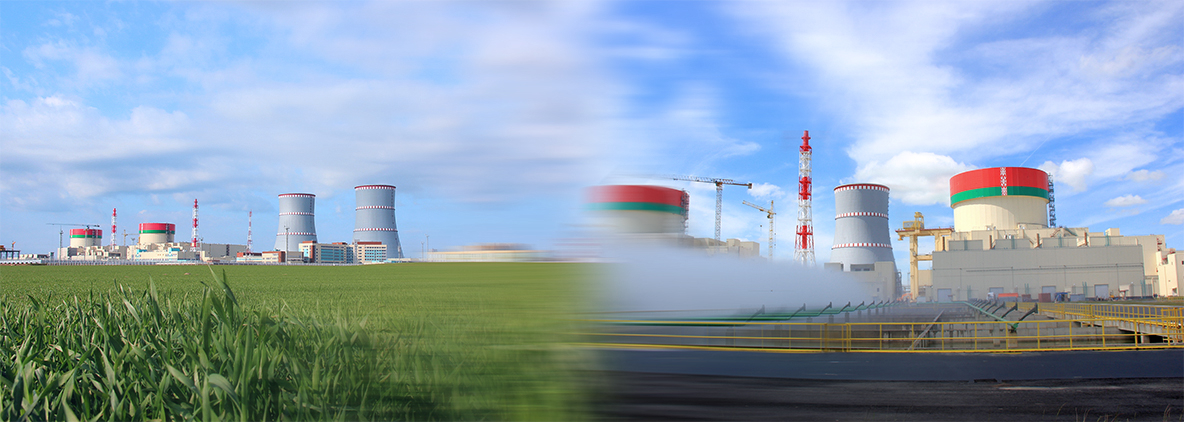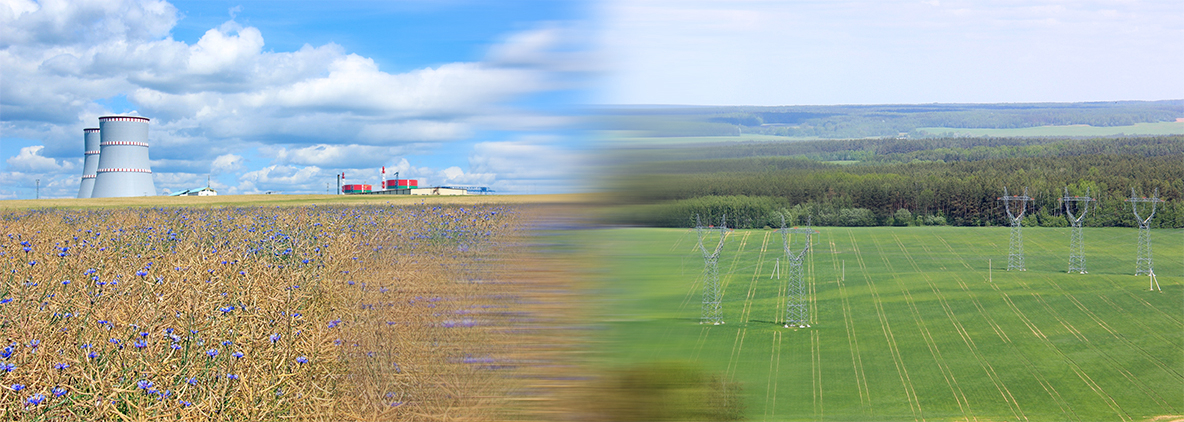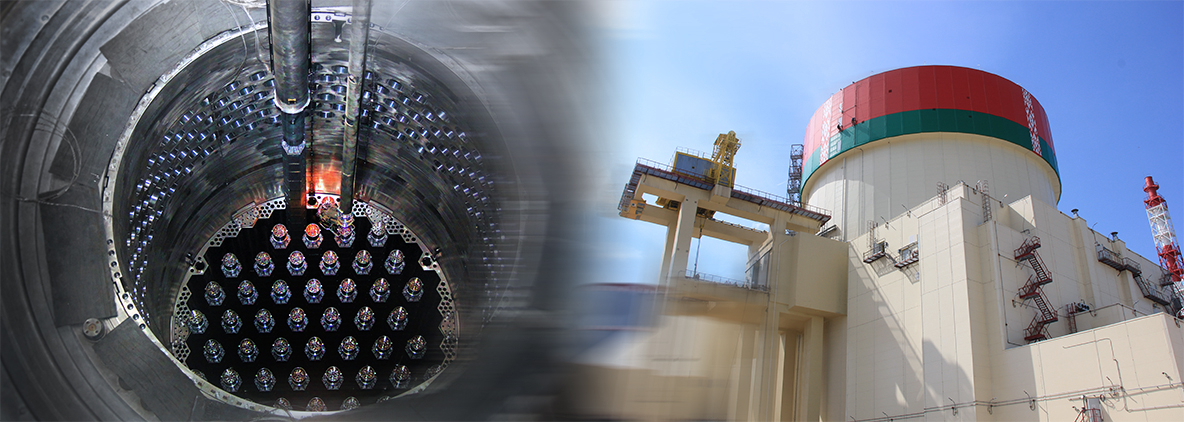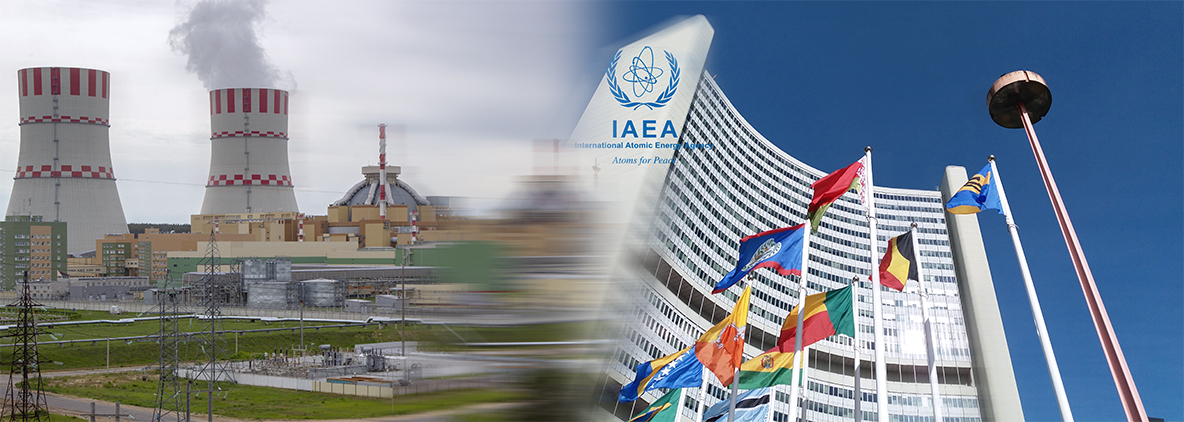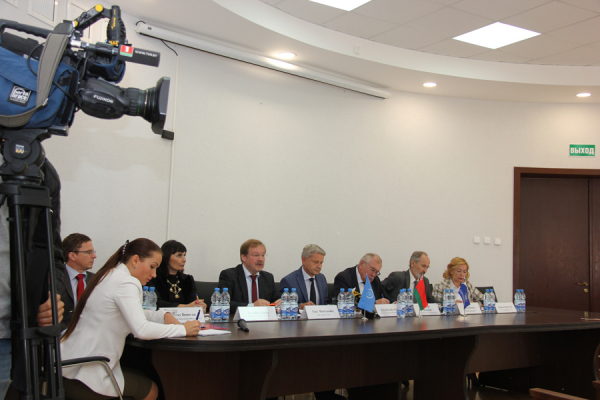The press conference was attended by: Head of the IAEA Expert Group Yuri Martynenko, Deputy Minister of Energy of the Republic of Belarus Mikhail Mikhadyuk, Chief Engineer of the Nuclear Power Plant of the State Enterprise Belorussian NPP Anatoly Bondar.
The team of experts of the International Atomic Energy Agency (IAEA) noted the desire of Belarusian NPP as the operating organization to improve the safety of the plant before the start of the 1st unit of the nuclear power plant in commercial operation. The team also identified areas for further safety improvements to ensure the availability.
The operational safety review team, before the start-up of the power unit (hereinafter referred to as pre-OSART), completed today the 18-day mission to assess the operational safety of the facility in Ostrovets, located 150 km north-west of Minsk, where the Republic of Belarus is completing the construction of its first nuclear power plant. The station consists of two power units using Russian VVER technology with a capacity of 1194 MW (e) each. The first unit is planned to be put into operation next year.
The goal of pre-OSART missions is to assist nuclear operators in improving the operational safety of nuclear power plants. Such missions identify areas for increased safety by evaluating proposed operational programs by comparing them with the IAEA safety standards and, if necessary, making recommendations. Missions do not evaluate the overall safety of nuclear power plants.
“When constructing a large modern nuclear power plant, designed for 60 years of operation, the plant’s top management should steadily reaffirm their commitment to nuclear safety throughout the life of a nuclear installation,” said team leader Yuri Martynenko, chief officer of the IAEA’s nuclear safety department. - “The pre-OSART team appreciated the commitment of the plant management to ensure safe and reliable operation. The team also made recommendations for further improving safety and the timely implementation of operational programs.”
The team included 15 experts from Armenia, Belgium, Brazil, France, the Netherlands, the Russian Federation, the Slovak Republic and the United States of America, as well as representatives of the IAEA.
The audit covered the following areas: leadership and safety management, staff training and qualifications, operation, repair, technical support, operational experience, radiation protection, chemistry, emergency preparedness and response, accident management and commissioning.
The team noted several good practices that will be brought to the attention of the world nuclear community, namely:
- Reliable public warning system in the event of radiological and other accidents at the plant using equipment that is independent of external energy sources and equipped with voice warning equipment.
- The presence in the special fire station of Belarusian NPP of a protective structure of the same level of protection as shelters for the plant personnel.
- The presence on the block control point of an integrated panel specially designed for monitoring and control of mobile equipment during emergency situations.
The mission made several recommendations to improve operational safety in a timely manner to ensure operational availability, including:
- The operating organization should ensure that all activities, related to the design and implementation of operational programs, are properly managed.
- The operating organization should tighten control and supervision of the commissioning program, including measures to prevent potential foreign objects from entering safety-relevant systems and components of the plant.
- The operating organization should implement an operational experience management program to ensure that lessons are learned and internalized from internal and external operating experience.
“The pre-OSART mission is a great opportunity to attract the best international experts to conduct an independent audit to help improve operational safety before putting a new reactor into operation,” said Anatoly Bondar, chief engineer of Belarusian NPP. “The proposed areas for improvement as a result of the OSART assessment will be considered as part of our principle of continuous safety improvement.”
The team submitted a draft report to the plant management. The plant management and the national regulator have the opportunity to submit their comments on the draft report, which will be taken into account by the IAEA. The final version of the report will be submitted to the Government of the Republic of Belarus in three months. The IAEA encourages national governments to make OSART reports public.
The plant management reported that it would carefully review the recommendations of the OSART team and would make a request for a second mission after 18 months.
General information
General information on OSART missions can be found on IAEA Website. The OSART mission was created as an audit of programs and activities important to security. This is not an inspection of the regulatory body, nor is it a verification of the design or replacement of an exhaustive assessment of the overall safety status of the plant.






